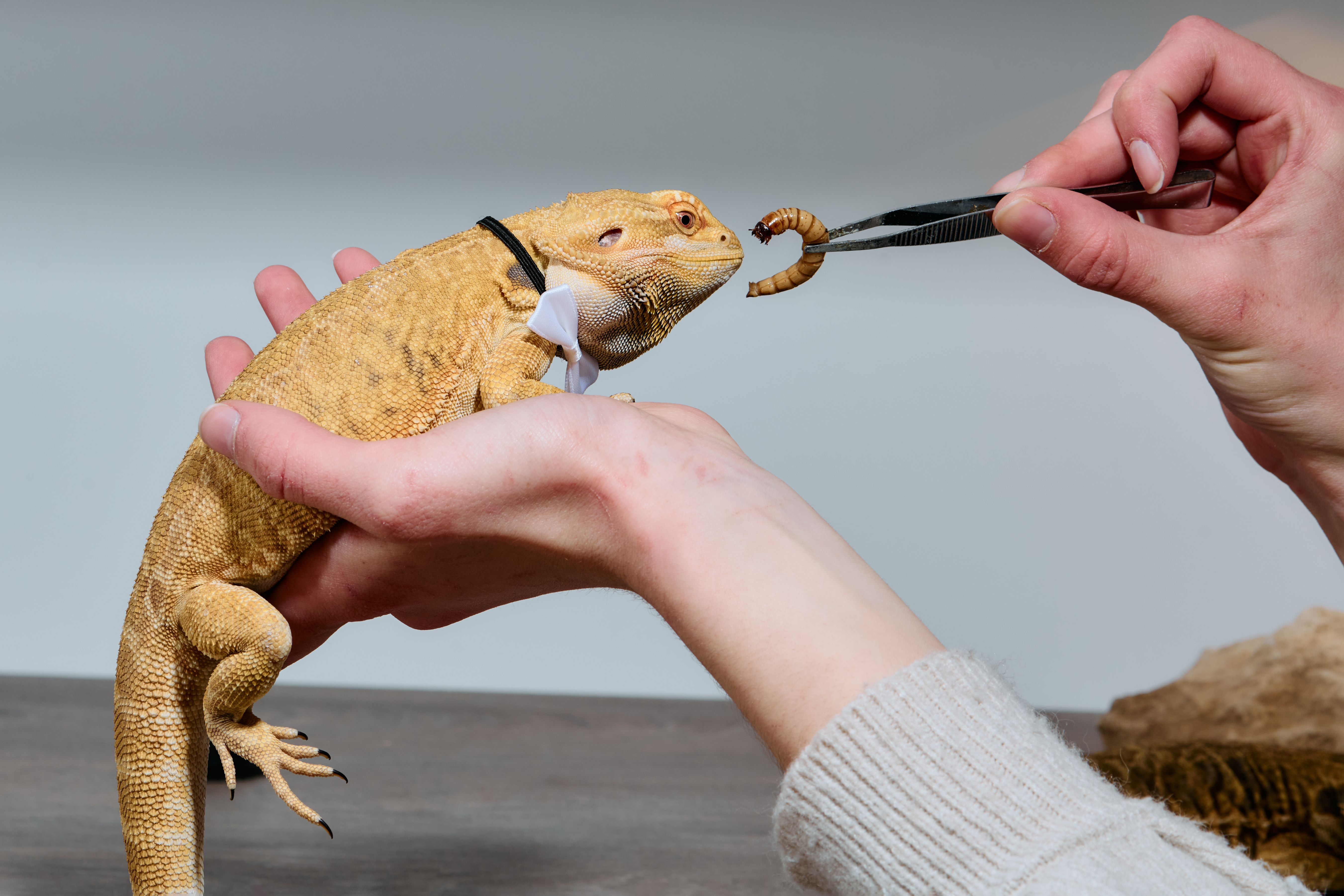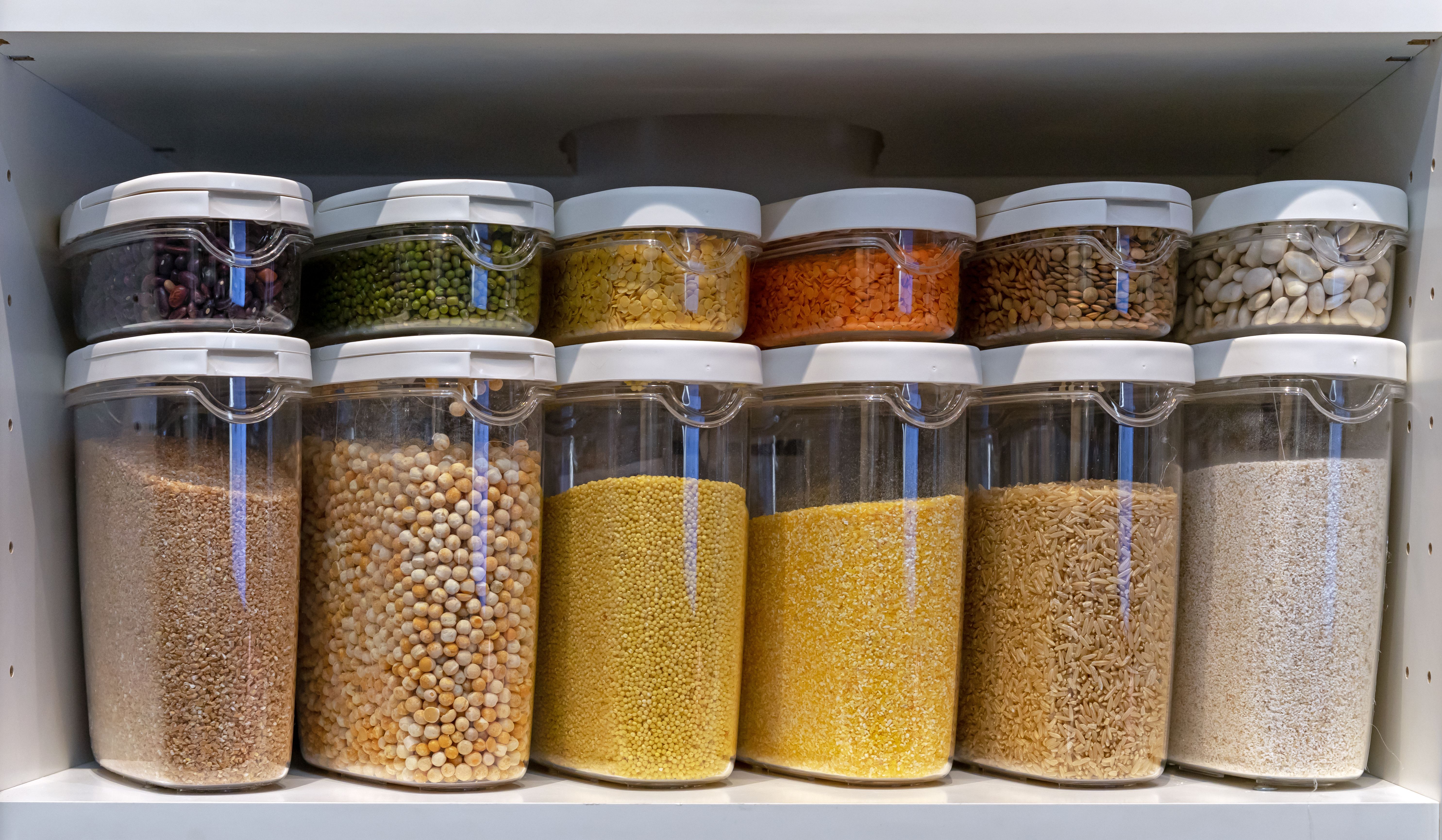Understanding the Costs of Feeding Reptiles in a Rescue Shelter
Understanding the Financial Commitment of Reptile Care
Running a reptile rescue shelter involves numerous responsibilities, one of the most significant being the cost of feeding these unique animals. While reptiles might not require daily attention like other pets, their dietary needs are specialized and can be expensive. It’s crucial for rescue shelters to budget effectively to ensure every resident receives proper nutrition.
Unlike cats or dogs, reptiles have diverse dietary requirements depending on their species. From herbivorous tortoises to carnivorous snakes, each type of reptile demands a specific diet that can impact the overall expenses of a shelter. Understanding these costs is vital for anyone managing or supporting a reptile rescue operation.

Variety in Diets
Reptiles are fascinating creatures with diets that vary widely across species. Some reptiles, like iguanas, thrive on a diet rich in leafy greens and vegetables, while others, like bearded dragons, require a mix of vegetables and live insects. Snakes, generally carnivorous, need whole prey items such as mice or rats, which can be significantly more expensive than plant-based foods.
The frequency of feeding also varies: some reptiles eat daily, while others may only need food once a week. This variation adds complexity to meal planning and budgeting, making it essential for shelters to have a comprehensive understanding of each animal's dietary needs.

Cost Factors to Consider
Several factors contribute to the cost of feeding reptiles in a shelter. The first is the type of food required, which can range from fresh vegetables to commercially prepared diets and live prey. The cost of live insects or rodents can add up quickly, especially for carnivorous reptiles that require regular feedings.
Furthermore, sourcing high-quality food is essential to maintain the health and well-being of the reptiles. This often means purchasing from specialized suppliers or growing certain foods in-house. Additionally, proper storage facilities are necessary to keep food fresh and safe, which can add to operational costs.

Budgeting and Fundraising
To manage these costs effectively, shelters must develop a realistic budget that accounts for all variables involved in feeding their reptile residents. This includes not only the direct costs of food but also indirect expenses such as storage and transportation.
Fundraising plays a critical role in supporting these financial needs. Shelters often rely on donations from individuals and organizations who are passionate about animal welfare. Hosting events, running online campaigns, and forming partnerships with local businesses can provide much-needed financial support.
The Role of Volunteers
Volunteers can significantly reduce operational costs by assisting with food preparation and feeding schedules. Their involvement can also help educate the public about the specific needs and care requirements of reptiles, raising awareness and increasing potential donations.
Training volunteers to understand the dietary needs of different species is crucial. This ensures that each reptile receives the correct type and amount of food, preventing health issues caused by improper feeding.

Conclusion
Feeding reptiles in a rescue shelter is a complex and costly endeavor that requires careful planning and resource management. By understanding the diverse dietary needs and associated costs, shelters can better serve their reptile residents and ensure their long-term health and happiness.
Ultimately, the commitment to providing adequate nutrition for these fascinating creatures is a testament to the dedication of those who run reptile rescue shelters. With continued community support and effective budgeting strategies, these organizations can continue their vital work in protecting and caring for reptiles in need.